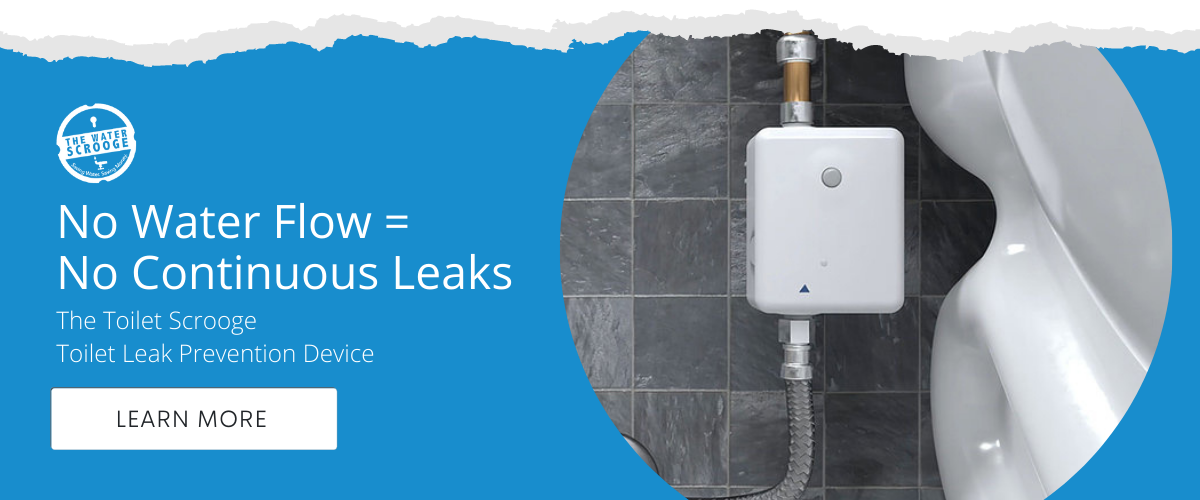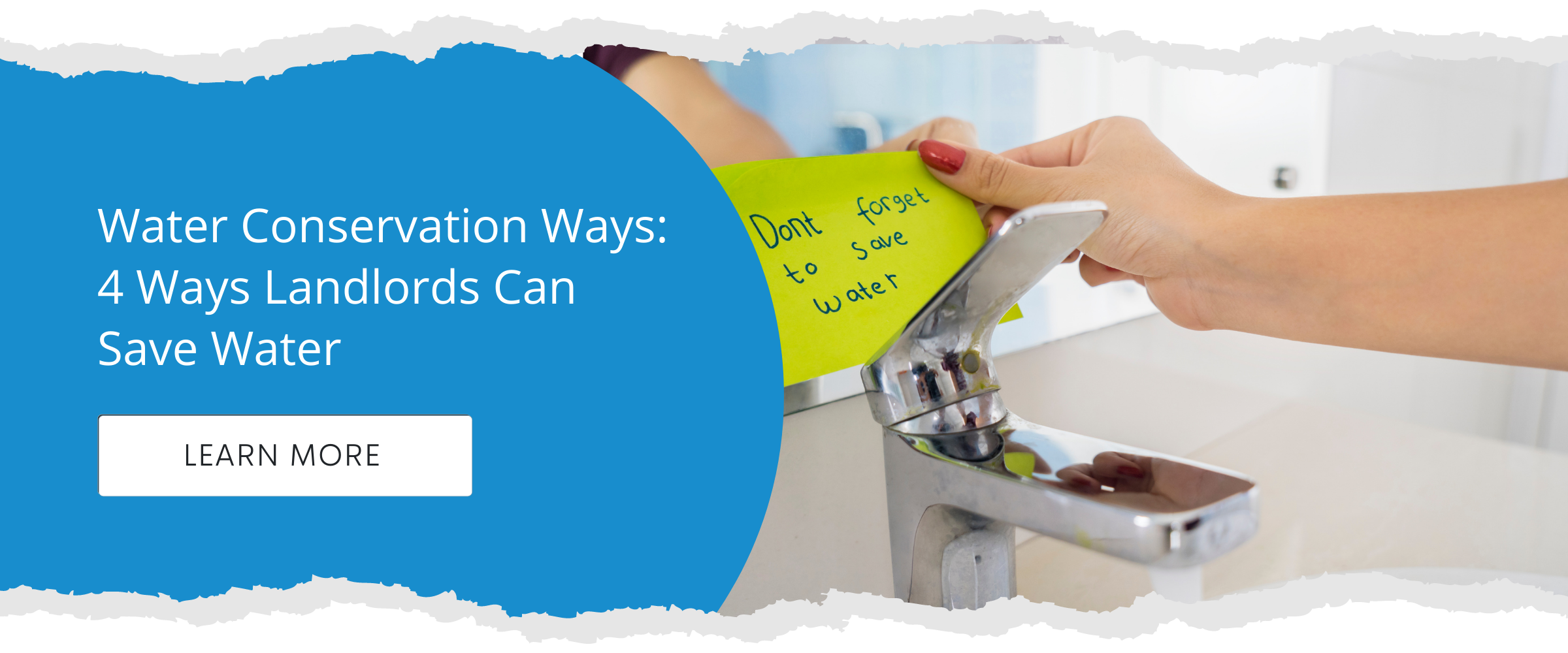
People love the sound of running water. Be it babbling brooks, cascading waterfalls, or ocean waves, most of us feel relaxed in the presence of running water.
With that said, there are a few running water experiences that most of us find anything but relaxing — the sound of a leaky faucet, water dripping in the shower or running toilet water.
Why a leaky toilet doesn't provide the same soothing effect, one can not be too sure.
Maybe it has something to do with the awareness of our money literally being flushed down the toilet!
Depending on the size of the leak at hand, one leaky toilet can tack on anywhere from several hundred dollars to several thousand dollars annually.
The worst part?
Not all toilet leaks provide sound effects making it hard to know when it's time to fix your leaky toilets. Silent leaks rack up bills too, you just don’t hear the problem. Obviously, toilet leak prevention and monitoring for both types of leaks is extremely important, especially in a city like New York City, which has many large apartment buildings and many, many toilets! Not only are landlords here legally responsible for paying tenant water bills (how to control tenant's water usage), but they've also had to deal with a 240 percent increase in the cost of water over the past 15 years.
In this article, we'll break down the real costs of running toilets. We'll also delve into why toilet leaks often go undetected, and what you can do about fixing your leaky toilet.
How Much Does a Running Toilet REALLY Cost?
Wasted Water — By The Numbers
Did you know a running toilet can waste an entire gallon of water in 30 seconds? Running toilet water wastes approximately 25 times more water than shower leaks (how many gallons of water a shower uses).
So, how much exactly are these unidentified leaks costing us?
- The total cost of NYC water (water plus sewer) is $10.33 per one hundred cubic feet.
- One hundred cubic feet = 748 gallons
- The average medium-sized toilet leak wastes 250 gallons of water per day.
That means that the running toilet cost for a medium leak can add an extra $100 a month or $1,200 per year. You can reduce that number by half for minor leaks, and double it for larger ones.
The Real Cost to Landlords
For most people, $1200 is a significant amount of cash to part with.
But if you're a residential landlord, you're looking at an even higher number. According to the American Water Works Association, an estimated 1-in-5 toilet has a leak at any given moment. If you are responsible for 100 toilets, and 20 of them are leaking, that translates to some pretty unsightly numbers:
5,000 gallons of water per day --> 150,000 gallons per month --> 1.8 million gallons per year = $24,858
That's $24,257.00 per year that is literally going down the toilet.
Remember, the above scenario is calculated based on running toilet costs in NYC. The number goes dramatically up or down depending on the extent of the issue at hand. This doesn’t even take into account leaky faucets or other types of leaks.
Why Leaks Go Undetected
Of course, all of this brings us back where we started: Why do running toilet leaks go undetected? As previously mentioned, toilet leaks are often silent. If a tenant can't hear anything, they won't know there is a problem or to fix your leaky toilets.
Another issue exists—those who aren't footing the bill are less likely to care. Unless a tenant is extremely environmentally conscious (some are), they are unlikely to be bothered by the occasional sound of a toilet tank refilling.
That puts toilet leak prevention in the landlord's court.
Since 20% of all toilets have a leak at any given time, maintenance teams can check all toilets on a monthly rotation. But in many instances, leaky toilets aren't easy to spot, even for seasoned technicians.
Some technicians recommend putting food coloring or dye into the tank to see if it appears in the toilet bowl. However, we've encountered many situations in which a toilet is running and the water doesn't go through to the toilet bowl. This is a key reason why many of these types of running toilets go undetected.
Landlords are faced with an interesting quandary: How can you effectively check ALL toilets for leaks and fix your leaky toilets? (see here for water saving technology landlords are raving about)
The Solution: Toilet Leak Prevention
Fortunately, there is a way for landlords to become aware of running toilets without tenant or maintenance involvement: The Toilet Scrooge™.
Powered by water, The Toilet Scrooge™ leak prevention device uses a motion sensor that activates when a user is present. The valve opens to allow water to flow to the toilet when a user is present and prevents water flow when not in use. Even better, the leak prevention device uses a miniature water wheel, harvesting energy to keep it powered, recharging the battery every time you flush.
The Toilet Scrooge™, unlike leak detection solutions in the market, prevents leaks instead of just detecting them - making it a better solution for leaky toilets and water conservation!
About The Water Scrooge™
The Water Scrooge™ offers water conservation ways and products to multi-family landlords and homeowners, including: shower flow controllers, Leak Detection Systems, Toilet Leak Prevention Devices (The Toilet Scrooge™), water flow management devices (SMART Valve™), toilet calibration and DIY products.
Also featuring The Water Scrooge™ App. Our app empowers your team to carry out the installation of our kits. With it, you can also record and track data points about the units (other than water usage).




